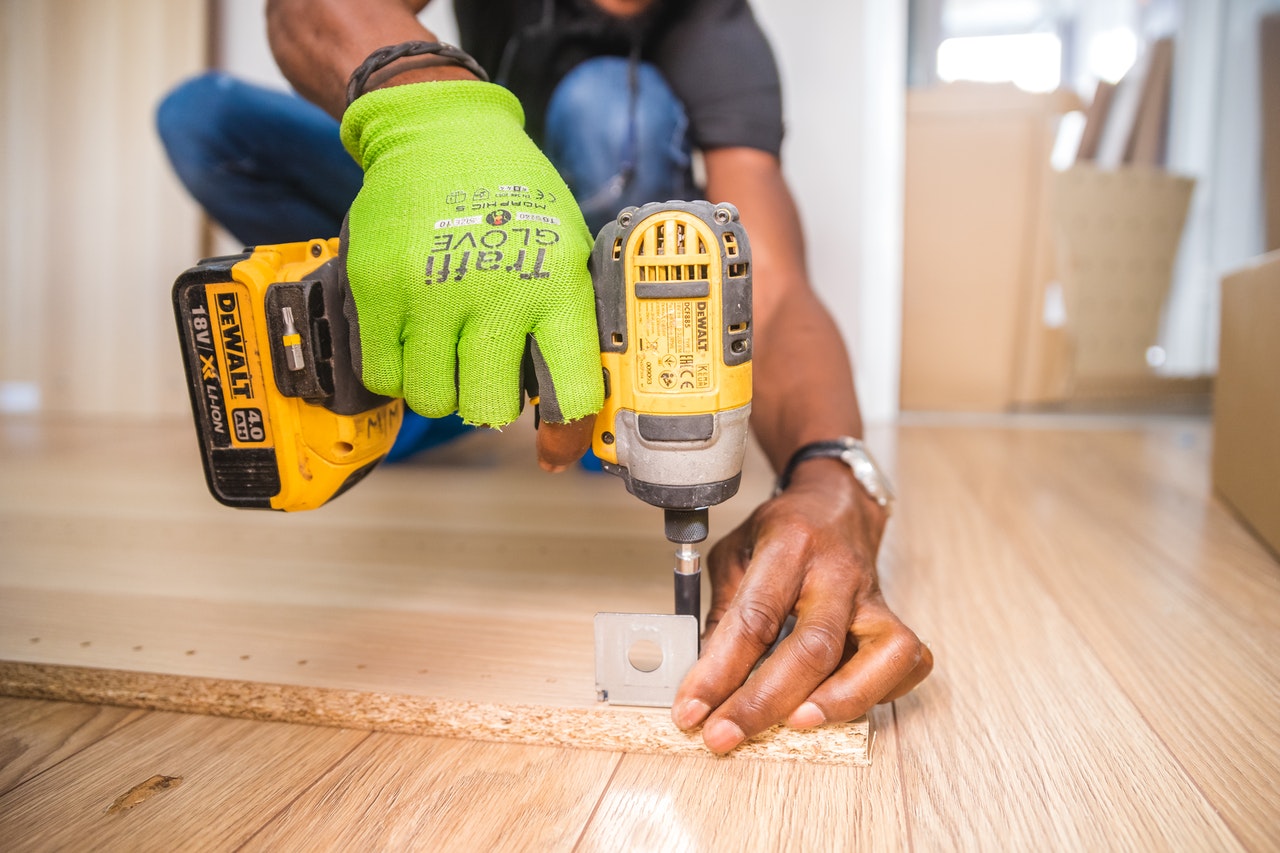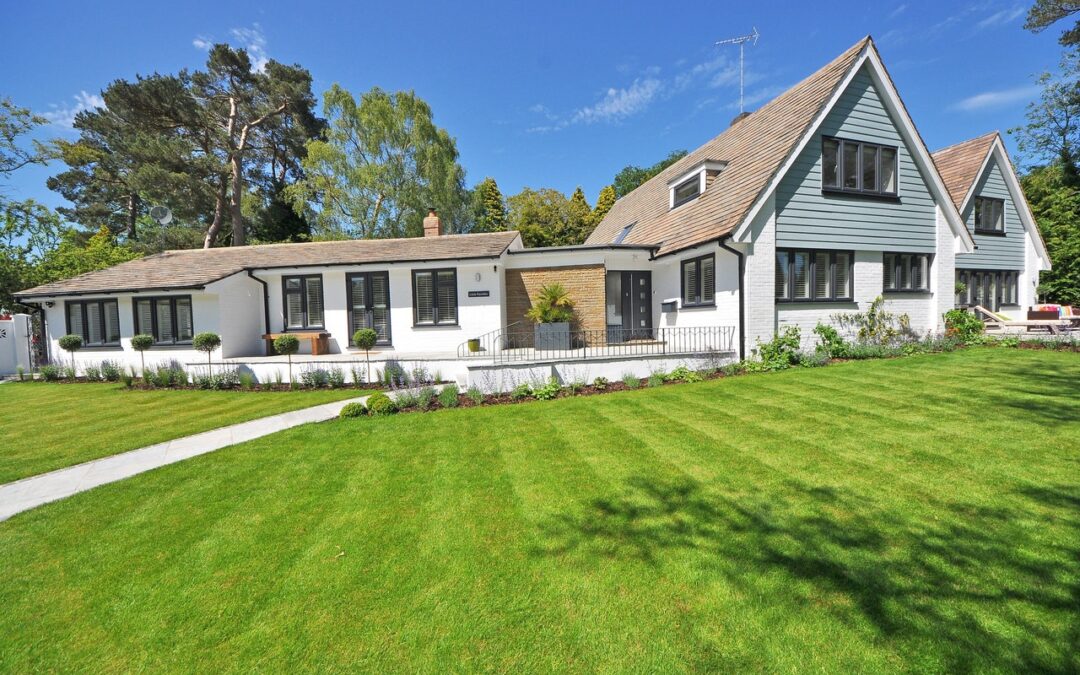Flip, don’t flop! 5 ways to make house flipping a success
House flipping is a real estate investment strategy that’s a tempting proposition: you purchase a property in need of renovation at a low price and undertake improvements to make the house more desirable to buyers and sell at a higher price. Easy, right?
House-flipping investments are a popular strategy, accounting for 6.2% of all US house sales in 2019. This is an 8-year high, according to the data published by ATTOM Data Solutions.* And although house flipping activity increased, the data also reported that profit margins were down by 3.0% from $65,000 to $62,900 nationwide.
If you are keen to invest in house flipping properties, here’s how to set yourself up for the best chance of success.

Research your finance options
Investing in real estate can be a costly business. Research your financing options carefully to understand which mortgage type meets your needs and find a lender that offers low interest rates.
Even if you are in the position to pay cash for a property, you can eradicate interest charges, but making money will still be tough. ATTOM data show that the profit margins shrank to the lowest average gross return on investment since 2011.
That doesn’t mean many house flipping investments are unprofitable (return on investment was 40.6%), but it serves as a warning that investors must crunch the number and make sensible financial decisions before they commit to a property.
Remember to factor in renovation costs, and do your math to ensure that the eventual sale price will be greater than the cost of acquiring the property and renovating it.
House flipping opportunities are often found with older properties—and any seasoned investor knows that unexpected structural costs on renovation properties can soon turn a profit into a loss.

Make time for maintenance
Renovating houses is time consuming. Finding the correct property takes research and an in-depth understanding of the housing marketing.
Many real estate investors begin house flipping as a side hustle while working a day job. This means renovations will have to take place on evenings and weekends, which can eat into family time.
You could pay someone to fix up the property, but you’ll still be expected to supervise the project, and the cost of paying tradespeople will reduce your overall profit.
If you are prepared to invest the time required to find the right property and undertake repairs, then house flipping could prove very lucrative.

Pick the right neighborhood
It’s all in the location. You can renovate a property, but you can’t renovate a whole neighborhood! Our RE Indicator software can help you identify average pricing in the local markets and pinpoint potential houses that can be flipped for a profit.
A successful real estate investor will also do some detective work and stay on top of market trends to predict where prices are going to be in the future. For example, if a new school or hospital is due to be built, then it’s likely that house prices in that area will increase.
Educating yourself about the market of the neighborhood you want to invest in will help you uncover hidden gems that are worth pursuing.

Master the house flipping market
On the surface, house flipping is a very simple real estate investment model that uses math that is easy to understand:
Profit = Sale price – purchase price – renovation and holding costs
That doesn’t make it easy, though; even seasoned investors can still be caught out with unexpected costs that older properties often throw their way. However, when you master the market and understand potential pitfalls, house flipping is still a popular and lucrative way to invest in real estate.
Our intelligent RE Indicator software gives you a wealth of information about the US housing market to help you expand your knowledge and discover emerging real estate markets with renovation opportunities.
We aim to help real estate investors work smarter, not harder.

